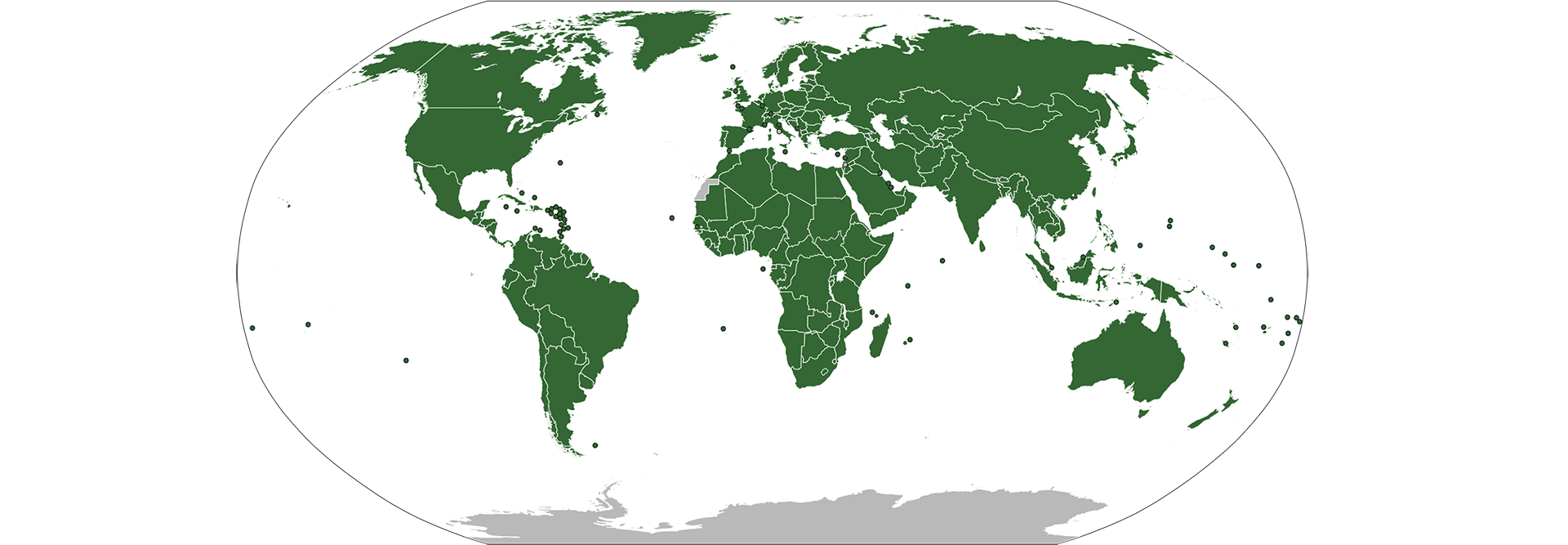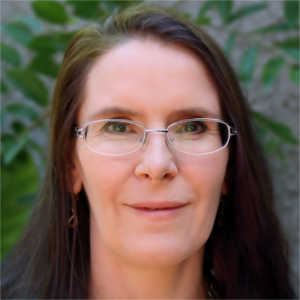Every country in the world has signed the United Nations Convention on the Rights of the Child (UNCRC). What does this mean for children’s education in general and Self-Directed Education (SDE) in particular? This is the first of a series of articles that will explore the implications of the UNCRC for SDE.
The United Nations Convention on the Rights of the Child (UNCRC) came into force in 1990. In the three decades since then, countries around the world have started work on implementing children’s rights in many different ways. What are the implications for Self-Directed Education (SDE)?
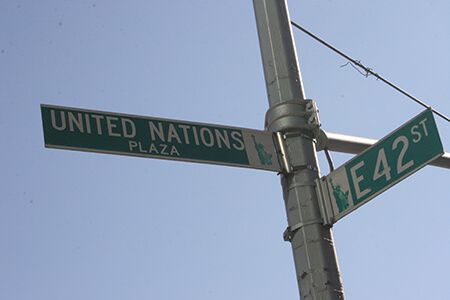
The Preamble of the UNCRC states that children should grow up “in the spirit of peace, dignity, tolerance, freedom, equality and solidarity”. Article 3.1 emphasises that “In all actions concerning children....the best interests of the child shall be a primary consideration.”1
Article 28 states that all children have the right to education, and Article 29 stipulates that this education must be directed to “The development of the child’s personality, talents and mental and physical abilities to their fullest potential”.2
What is more, in the commentary provided to assist interpretation of the UNCRC, the UN clarifies that education should promote and protect “the human dignity innate in every child and his or her equal and inalienable rights... taking into account the child’s special developmental needs and diverse evolving capacities..”3 “It also insists upon the need for education to be child-centred, child-friendly and empowering, and highlights the need for educational processes to be based upon the very principles it enunciates.”4
Given all of the above, and since the other principles enunciated in the UNCRC include inter alia freedom of thought, speech, expression and association, it’s hard to imagine an approach to education better suited to this brief, than Self-Directed Education (SDE).
The origins of SDE are actively rooted in the respectful, egalitarian treatment of children. SDE schools such as the legendary Summerhill in England, and Sudbury Valley in the USA, were explicitly founded as places where children would receive the respect and equality they rightfully deserve—and too often don’t get elsewhere. Summerhill, for example, was founded as a boarding school in specific recognition of the fact that society in general, including many parents, did not afford children sufficient rights.
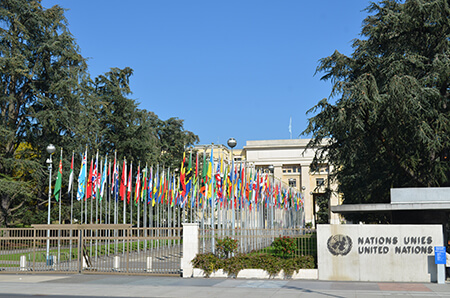
Generations before the UNCRC was drafted, these two SDE schools were living embodiments of the core principles now enshrined in this convention. Also, the democratic structure of these schools provides an optimal environment for experiential learning about children’s rights and social justice.
Parallel to the development of SDE schools, home educating families, and those looking to leave the school system, progressively developed the niche approach now popularly known as ‘unschooling’. Unschooling also aims to liberate children from the repressive and even abusive environments they often otherwise encounter. This philosophy (or approach) respects the child’s rights as detailed above, recognising their ability to direct their own life paths according to their own unique needs, interests, and developmental readiness.
All countries with the exception of the USA have ratified the UNCRC – which means that their national parliaments have agreed to be legally bound by the treaty. Even the USA has at least signed the treaty. This means that each and every nation on Earth, including the USA, has the moral “obligation to refrain, in good faith, from acts that would defeat the object and purpose of the treaty.”5
This means that every nation in the world has the obligation to respect children’s rights, and refrain from passing laws that would constitute a violation of children’s rights as defined by this convention. This logically includes laws that would interfere with, and prevent the promotion of, optimal education as defined in articles 28 and 29, the right to play as defined in article 31, all the other articles, as well as the general comments which apply to them all.
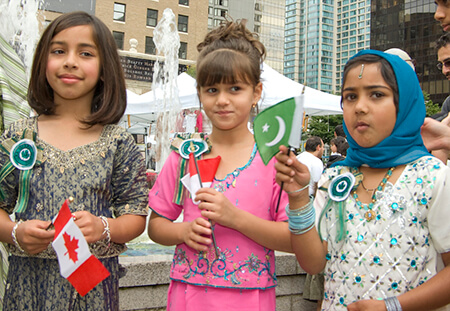
The good news is that every nation on Earth now has a moral obligation to legalise, support, and provide SDE – for all children free of charge! Hurrah! Now, every country but the USA is not only morally, but legally obliged to do this.
So, you’re no doubt now wondering—if this is true, and has been true for nearly three decades already—why does the global educational landscape still look the way it does? Is it just that change takes time? That’s a part of it, but...
There is also something important we can do to help change happen faster.
At present, people who know a lot about SDE often know relatively little about the UNCRC. Conversely, people who know a lot about the UNCRC, may have little or no experience with SDE. Also, most educational policy makers and government ministers for education seem to have very little familiarity with either SDE or the UNCRC. In short: to date, not many people understand the connection.
There is a very beautiful elephant sitting in the room of global education; now it’s time to draw back the veil that has kept it from general view.
We need to spell out just what SDE is, in the context of children’s rights.
We need to show, right from the UNCRC preamble, through articles 28, 29, and 31, in context of all relevant articles and general comments, just how SDE embodies the core principles of the UNCRC.
We need to show beyond rational dispute that the UNCRC logically supports the provision of SDE opportunities to the children of the world.
This series of articles and book are intended to be lot more than an academic exercise. The aim is to provide where necessary, the orientation and argument to ensure that every country in the world legalises, supports, and – ultimately – provides SDE options to all children, equally, for free.
Do you have any ideas, research, knowledge, perspective or experience that can enrich this process? Do you have anything to contribute to constructing these exciting documents? Please send your input to the author at democraticeducationsa@gmail.com, and otherwise –
Watch this space!
This is part 1 in a series of articles exploring the relationship between SDE and the UNCRC. Go to part 2
[1] The United Nations. “Convention on the Rights of the Child.” Treaty Series 1577 (1989)
[2] UNCRC Article 29 .1 a)
[3] General Comment No. 1 . 1; General Comment No. 1: The Aims of Education (article 29) (2001) (Adopted by the Committee on the Rights of the Child at the Twenty-sixth Session, CRC/GC/2001/1, 17 April 2001)
[4] General Comment No. 1 . 2
[5] http://europatientrights.eu/countries/signing_and_ratifying_a_treaty.html
If you enjoyed this article and feel called to give back to ASDE, here are ways you can support our work:
- Donate money
- Share our content with others! Click one of the buttons above to easily share on Twitter, Facebook, or email.
- Consider becoming a Contributor for Tipping Points
Tipping Points Magazine amplifies the diverse voices within the Self-Directed Education movement. The views expressed in our content belong solely to the author(s). The Alliance for Self-Directed Education disclaims responsibility for any interpretation or application of the information provided. Engage in dialogue by reaching out to the author(s) directly.


